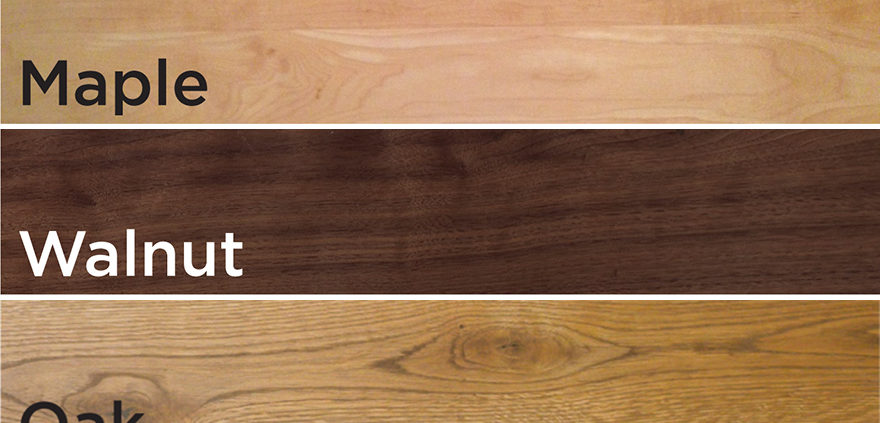The Most Commonly Used Materials in Retail Displays -7
Wood and wood composite materials such as MDF and particle board are also commonly used in retail store displays. Like plastics, wood materials can be complex and knowing the best materials to choose for specific applications, as well as the cost of those materials, is critical for creating display fixtures that work. MDF with a high pressure laminate or melamine finish is widely used and relatively cost-effective, but it is generally heavier than plywood or solid wood and therefore more expensive to ship. Plywood is stronger than MDF but has fewer finish options. Pre-finished birch plywood tends to be a popular choice among our customers who require stronger materials with a more finished look.
Solid wood is often a good choice for making store fixtures, particularly if the design requires a natural or organic look such as you might find in a produce department of a grocery store. Some solid woods like pine are soft while oak and maple are examples of hard woods. Selecting the right type of wood for a particular POP application requires experience and frequently depends on whether the display will be knock-down or assembled and what type of stain or finish is desired. An increasingly popular material choice for display fixtures is bamboo because it is environmentally sustainable, extremely strong, and offers a premium look. Aside from its natural beauty and inherent dimensional stability, bamboo has higher tensile strength than many types of steel, higher compressive strength than many mixtures of concrete, and a higher strength-to-weight ratio than graphite.




